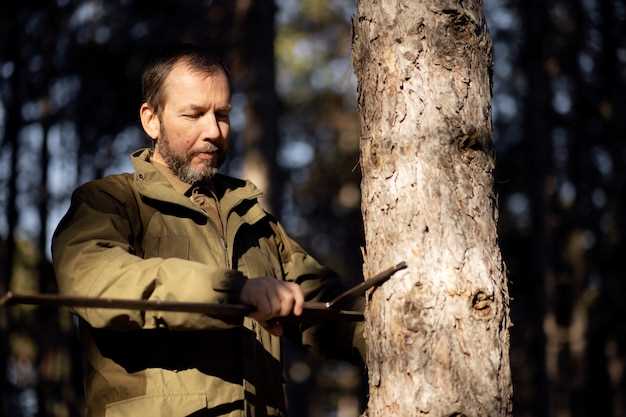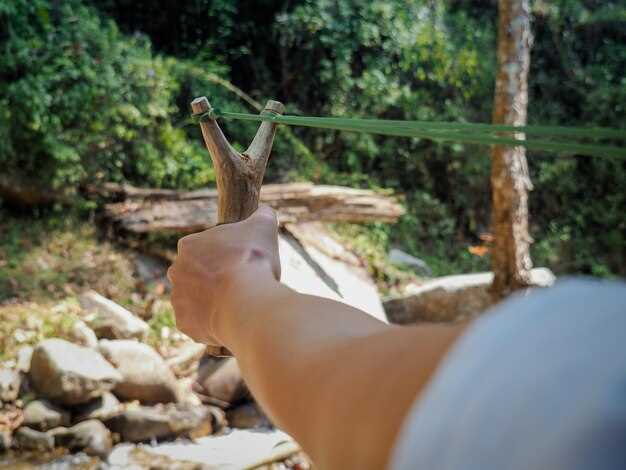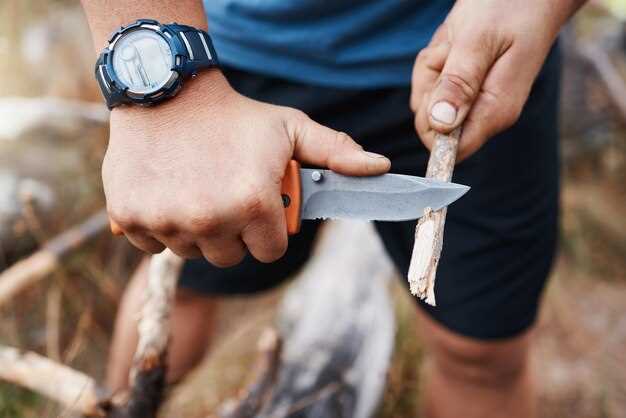
Sharpening broadheads is a crucial skill for any serious bowhunter. The performance of your hunting arrows depends significantly on the precision of the blades attached to those broadheads. Properly sharpened broadheads will ensure clean and effective cuts, increasing the chances of a successful hunt while minimizing the risk of injuring game unnecessarily.
Safety is paramount when sharpening broadhead blades. Utilizing the right techniques and tools not only enhances the sharpness of the blades but also prevents potential accidents during the sharpening process. By following a systematic approach, hunters can achieve optimal results without compromising their safety.
In this article, we will explore various safe and accurate methods for sharpening broadheads, including both traditional and modern techniques. We will discuss the types of tools best suited for the job, as well as tips for maintaining the integrity of the blades throughout the sharpening process. With the right knowledge and practice, you can ensure your broadheads are always ready for the hunt.
Choosing the Right Tools for Broadhead Sharpening
Properly sharpening your broadhead blades is crucial for optimal performance and accuracy when hunting. Selecting the right tools can make a significant difference in achieving a sharp edge consistently. Here are some essential tools you should consider:
- Diamond Files: These files are perfect for honing the edges of broadhead blades. They provide a fine grit that allows for precision sharpening without removing too much material.
- Whetstones: A whetstone can be used to sharpen broadhead blades at various angles. Choose a stone with a fine grit for finishing touches to create a razor-sharp edge.
- Broadhead Sharpening Jigs: A sharpening jig holds the broadhead at a consistent angle. This tool helps achieve uniform sharpening across all blades and is especially useful for those new to sharpening.
- Angle Guides: Using an angle guide ensures that each blade is sharpened at the correct angle, which is essential for maintaining the broadhead’s aerodynamic properties and cutting efficiency.
- Leather Strop: After sharpening, a leather strop can refine and polish the edge. The stropping process removes any burrs and enhances the sharpness of the blades.
When selecting sharpening tools, consider the type of broadheads you use, as some require specialized sharpening equipment. Always prioritize quality over quantity to ensure your blades can deliver the best performance when it matters most. With the right tools, you’ll be well on your way to maintaining sharp and effective broadhead blades.
Step-by-Step Guide to Sharpening Blade Edges

Sharpening blade edges is crucial for ensuring optimal performance and accuracy when using broadheads. Follow this step-by-step guide to achieve sharp, effective blades.
Step 1: Gather Your Tools
Before you begin, make sure you have the necessary tools. You will need a sharpening stone, honing oil or water, a leather strop, and a clean cloth for wiping blades.
Step 2: Clean the Blades
Ensure your broadheads are free from dirt, debris, and old blood. Use the clean cloth to wipe the blades thoroughly, preparing them for sharpening.
Step 3: Choose the Right Angle
Identify the factory edge angle of your blades, generally between 20 to 30 degrees. Maintaining this angle during sharpening will help retain the blade’s integrity and cutting ability.
Step 4: Apply Honing Oil or Water
If using a sharpening stone, apply honing oil or water to the surface. This helps to reduce friction and enhances the sharpening process.
Step 5: Start Sharpening
Place the blade flat against the sharpening stone at the identified angle. Using a consistent motion, slide the blade across the stone, applying gentle pressure. Repeat this process for several strokes, alternating sides to maintain a balanced edge.
Step 6: Check the Edge
After several strokes, carefully inspect the blade edge for sharpness. A properly sharpened edge should feel razor-sharp to the touch. You can test sharpness by gently dragging your fingertip across the blade without applying pressure.
Step 7: Refine with a Leather Strop
Once the blade is sharp, use a leather strop to refine the edge further. Pull the blade away from the edge on the strop, which helps remove any burrs and creates a polished finish.
Step 8: Clean and Store
After sharpening, clean the blades again to remove any metal filings. Store your broadheads in a secure location to prevent damage and ensure they remain sharp for future use.
Following these steps will help you achieve safe and accurate sharpening of your broadheads, ensuring they perform reliably when it matters most.
Maintaining and Storing Sharpened Broadheads

Proper maintenance of sharpened broadheads is crucial for optimal performance and safety during hunting activities. After each use, inspect the blades for any signs of damage or dullness. If you notice any nicks or chips in the blade edges, address these issues promptly by sharpening or replacing the broadheads as necessary.
To maintain the sharpness of the blades, it is recommended to use a dedicated sharpening tool designed specifically for broadheads. This ensures that you retain the correct angle and curvature of the blade while sharpening, which is essential for effective penetration and accuracy. Regularly honing the blades will keep them ready for your next hunting trip.
When storing sharpened broadheads, choose a safe and secure location. Utilize a broadhead case or a designated compartment within your hunting gear to protect the blades from damage and accidental injuries. It’s advisable to keep the blades covered with protective caps to prevent any nicks or dulling during transport or storage.
Additionally, store your broadheads in a dry area to avoid rust and corrosion. Moisture can negatively impact the integrity of the blades, reducing their effectiveness. You may consider applying a light coat of oil to the blades before storage, as this can help to repel moisture and maintain their sharpness over time.
Regularly review and refresh your inventory of broadheads, replacing any that show signs of excessive wear or damage. This practice not only ensures the effectiveness of your equipment but also contributes to a more successful and safe hunting experience.



